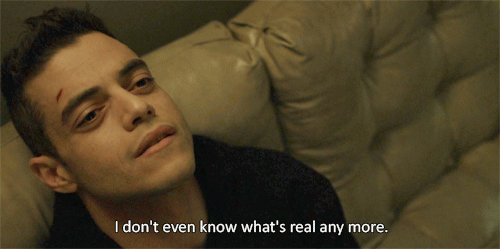About a year and a half ago, in An Ambient Future, I had written on how our interactions with the internet will move from switching it on (on specific devices) to an always on ambient version powered by objects beyond mobile devices (IoT) and inputs beyond touch. In the last few months, I have seen more indications of this movement.
Shipments of mobile phones are trending downwards (via) Has the potential of paradigm shifting upgradations on the mobile device peaked? It does seem so. The value, as Neil Perkin says, is shifting towards service, powered largely by AI. A word on wearables – nah! (at least not in its current form) I think it will most definitely have excellent application in sports/health/fitness, but I find it difficult to see it as a mainstream UI successor to the mobile device in terms of scale. On the other hand, Google Home and Amazon Echo (and Dash) are significant advances on alternate interfaces.
However, though I am not fascinated by the current form of wearables, and think we’ll see some ‘magic’ happening in the Home/Echo space thanks to AI in the medium term, I am definitely intrigued by the possibility of another interface in the long term – the human body itself, with augmentations that go far beyond the simplistic scope of the current batch of wearables. The journey has already begun – from gimmicks like a pizza ordering tattoo (sticker) to more serious work in expanding the UI horizon – from gesture to brainwaves, and concepts like Sarotis that expand the sensory perceptions using augmentation of our body.
These advances make it is easy to imagine the CyberNeurotica scenario that Faris wrote up earlier this year. And zooming out, if our UI becomes increasingly integrated with ourselves, the algorithmic self that evolves by learning from our virtual and physical interactions would become the next frontier. Machine learning would mean something completely different then! And even beyond that, the often talked about virtual selves in the cloud, our very own “San Junipero, with bodies as interfaces with the world at large. Maybe, despite the daily struggles, uncertainty and fear, we will end up creating an inclusive utopia. That’s why I love the far future – it allows optimism. 🙂

